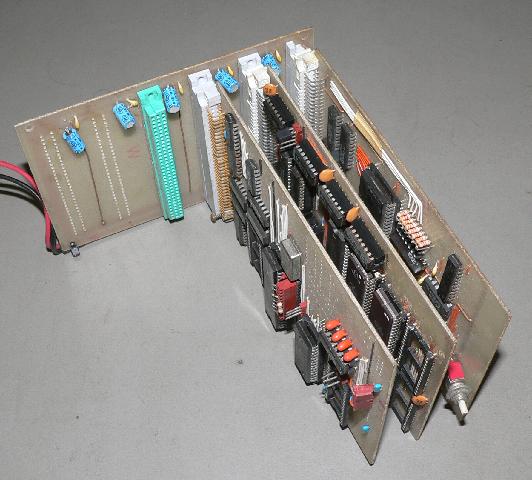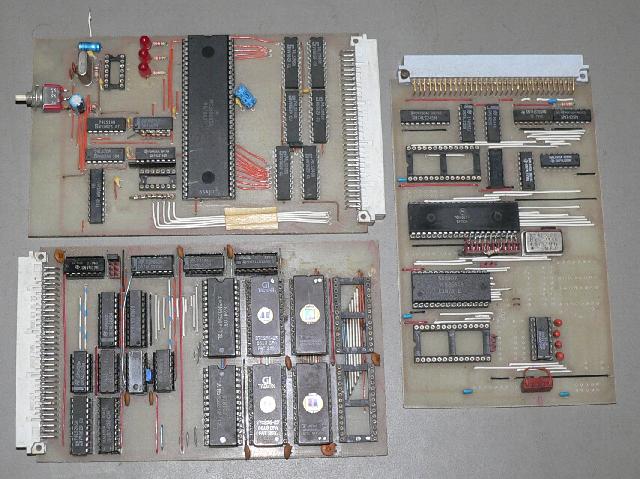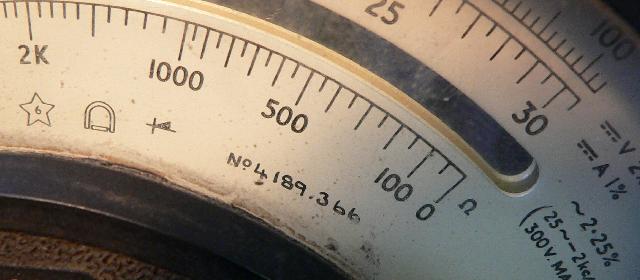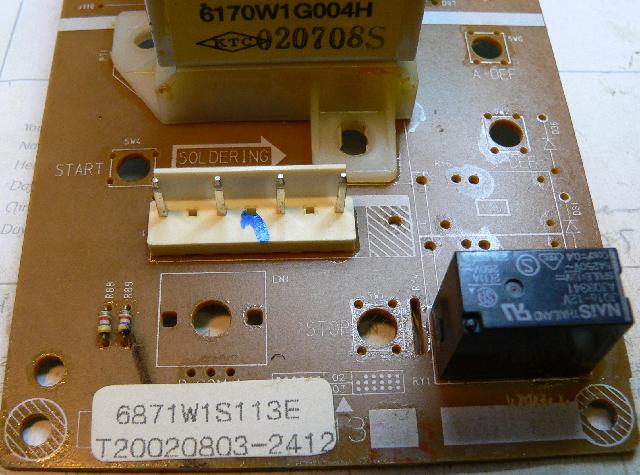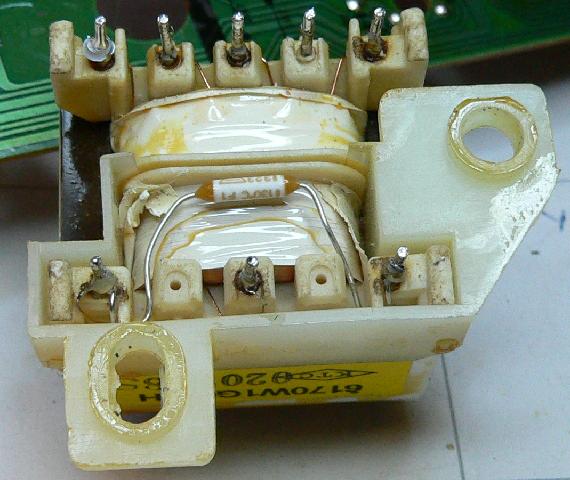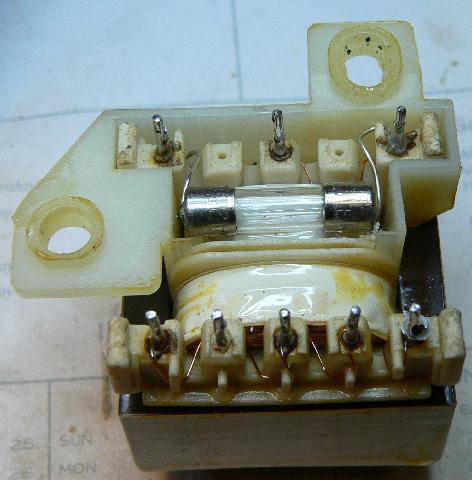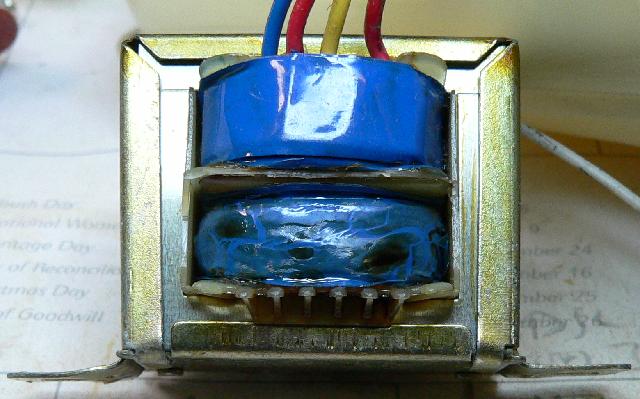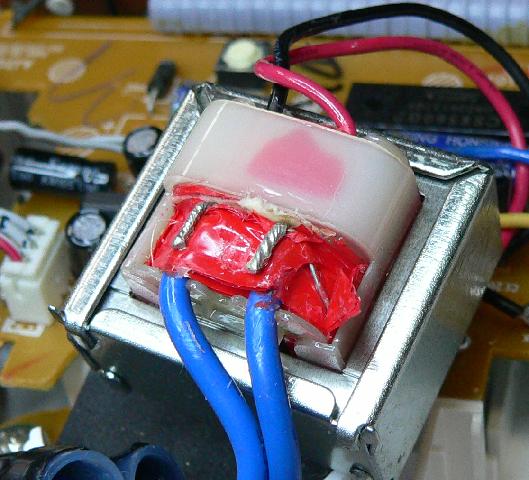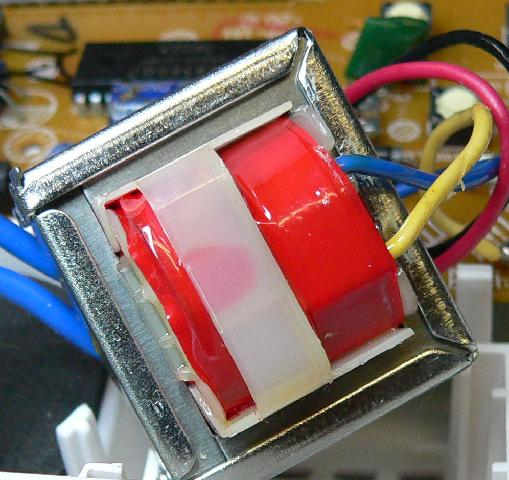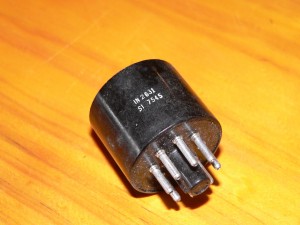Stellenbosch, 1987. I built this 68000 computer, with 64 kilobytes of RAM and space for three times that much ROM. That’s infinitesimal in today’s terms, but at the time my “personal computer” was an Apple ][ with 64 kilobytes of RAM and 16 kilobytes of ROM, running at 1 MHz. The Apple ][ is an 8-bit computer and my 68000 is a full 16-bit computer, which runs at 8 MHz. Also, I had plans to expand my RAM by at least 256 kilobytes or so.
I’m typing this on a 64-bit computer with 8 gigabytes of RAM running at Idunno, 3 1/2 GHz or so.
Here’s a picture of it. The picture itself is about 43 kilobytes in size, so it would take up about two thirds of my 64 kilobytes of RAM. But there would be no way to display it because I never implemented graphics (and state-of-the-art graphics at the time was VGA at 640×480 in 16 colors).
Here’s a picture of the three boards — processor at the top left (note the huge 64-pin DIP package that is the 68000), memory at the bottom, I/O on the right. It’s pretty close to 64 kilobytes. Here’s what it would have looked like in 16 colour VGA.
The first set of ROMs is a monitor, the second set of ROMs is almost empty — it has a copy of Gordon Brandly’s Tiny Basic as published by Dr Dobbs and typed in by yours truly. I can transfer it to RAM and run it from there. I had great plans but that’s as far as I got…
This memory brought to me by the guys over at Hack A Day, who are building something very similar but with some very modern twists.
You can learn a whole lot more on how to build 68000 systems by going through Peter Stark’s 68000 Hardware Course, as well as from this S-100 68000 board project.
* One of my favourite songs, from 1972.
